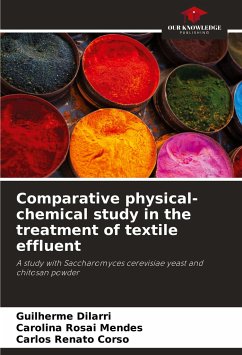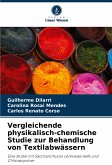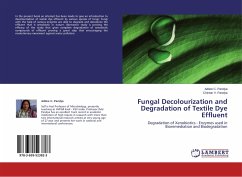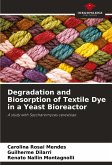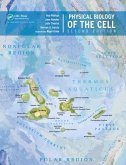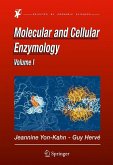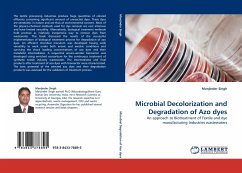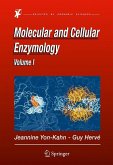Textile dyes are one of the main pollutants discharged into water bodies, and due to their toxicity, they are responsible for various environmental impacts on the aquatic ecosystem. Chitosan is a biopolymer derived from the deacetylation of chitin derived from shrimp shells, which is a fishery waste product. The yeast Saccharomyces cerevisiae is a very important microorganism for Brazilian industry, being used in various industrial processes, and its biomass is produced on a large scale in Brazil. The aim of this study was to analyze the application of chitosan powder and S. cerevisiae biomass in the adsorption of the textile dye Acid Blue 161. Tests were carried out varying the pH of the solution, and kinetic, isothermal and thermodynamic studies were used to analyze the results and evaluate the adsorbate/adsorbent interaction. FT-IR spectrophotometer analysis was carried out to confirm the results obtained from the mathematical models.
Bitte wählen Sie Ihr Anliegen aus.
Rechnungen
Retourenschein anfordern
Bestellstatus
Storno

